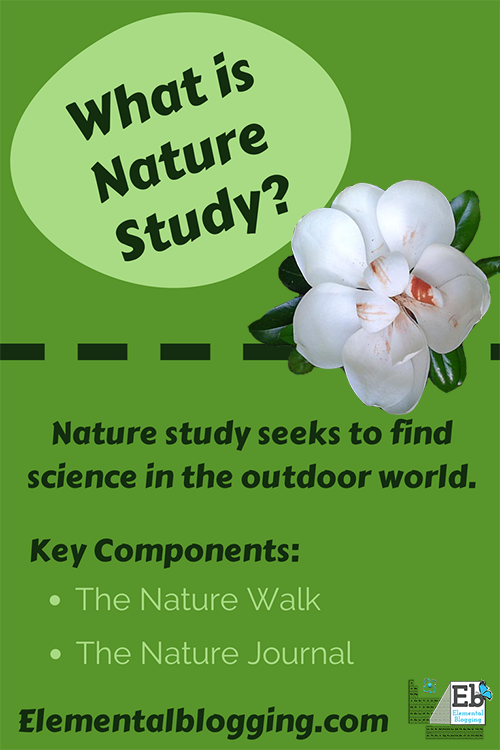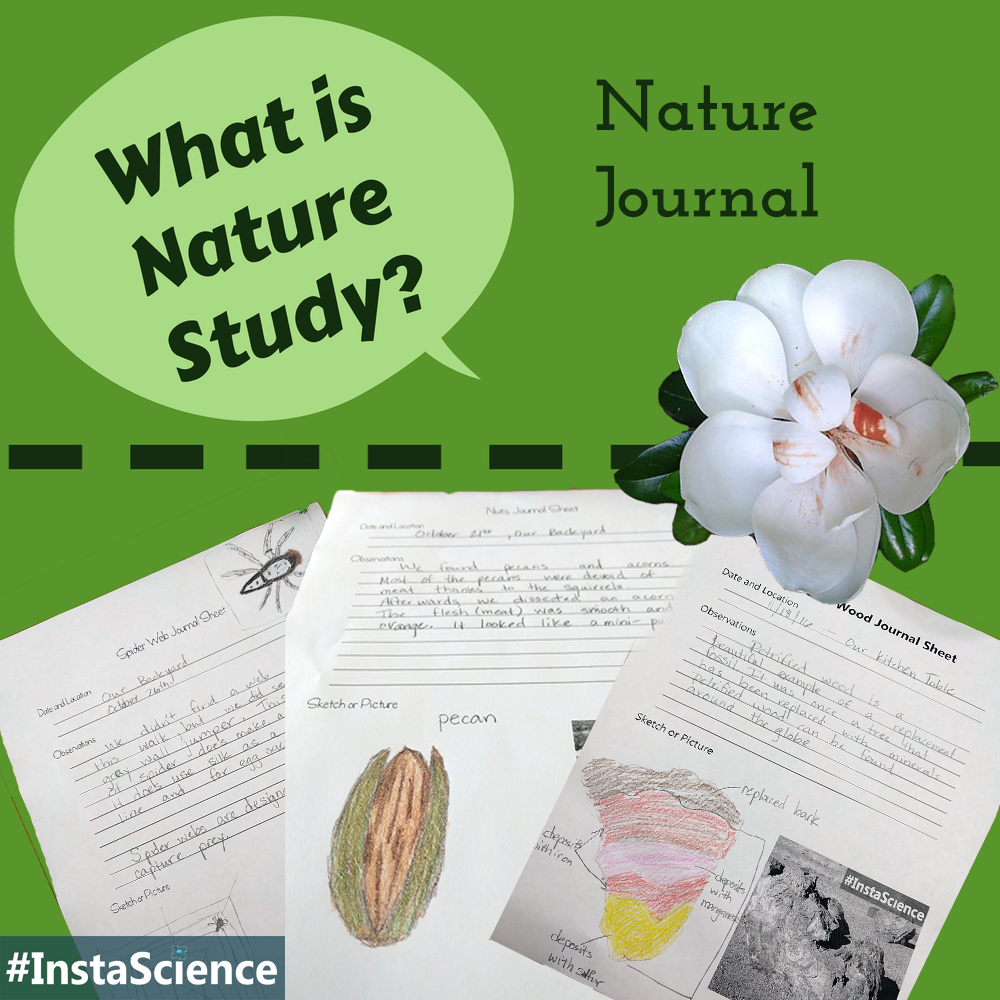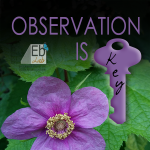 Nature study is a style of educating that searches for the principles of science in nature.
Nature study is a style of educating that searches for the principles of science in nature.
It became a popular educational movement in the early 20th century and it is currently regaining popularity once again among homeschoolers. Anna Botsford Comstock, one of the pioneers of the movement, shares the following about nature study in her book:
“Nature study cultivates the child’s imagination… there are so many wonderful and true stories that he may read with his own eyes, which affect his imagination as much as does fairy lore, at the same time nature study cultivates in him a perception and a regard for what is true, and the power to express it… Nature study gives the child practical and helpful knowledge. It makes him familiar with nature’s ways and forces, so that he is not so helpless in the presence of natural misfortune and disasters.” pg. 1 Handbook of Nature Study
Why use Nature Study?
In short, nature study awakens the scientific side of the brain in the same way that good book can awaken the imagination.
It helps the student to see science face to face, to understand the processes going on around them every day and to develop in them a hunger to learn more.
After all, from the dawn of the ages science has been found in nature. The study of science began with philosophers observing things in nature that made them question why. As they began to seek for the answers to their questions, the study of science was born. Today, scientists still employ the power of observation daily, so it is important that we impart this skill to our budding scientists.
Nature study can be one of the tools we use to train them how to observe because it teaches the student to slow down and really see the science surrounding them.
The Components of Nature Study
# 1 – The Nature Walk
As you ramble along the path, take the time to point out the focus of your nature study. So, if you are studying oak trees, you will point out any you see along the way. Then take a moment to stop by one of the oak trees so that you can discuss the shape of its leaves, the texture of its bark and any acorns (seeds) you may find on the ground.
Allow your student to ask any questions they have and provide them with any important information about the oak tree that you would like for them to know. You can have your student collect samples, such as a leaf or an acorn, make a rubbing of the bark and then step back to get a picture of the whole tree.
As you continue on your walk, point out any additional oak trees and compare them to the tree that you stopped to study. You can also compare them to the other types of trees along your path.
#2 – The Nature Journal
The second component of your nature study is the nature journal.
You can pick a spot along your journey to sit down and write about your experience or you can wait until you get home to add an entry to their nature journal. Either way, the nature journal should be a personal record of what the student has learned.

In it, they should feel free to glue in pictures or samples, draw what they have seen and record their thoughts. I also recommend that every student records at least one scientific fact about the subject being studied and the date of each entry.
The nature walk and nature journal work together to show the student the wonders of science in the world around them. When used in conjunction, they create a full nature study which can be an exceptionally effective tool for science education.
Resources
If you want to learn even more about nature study, check out the following websites:
Or check out our Nature Study Tips Pinterest Board








[…] Study: Last, but certainly not least, you can study your own habitat through nature study. You can begin by explaining what a habitat is, some of the more familiar habitats and their […]